Once you’ve gotten a roll-top desk (or several), it just won’t do to sit on a plastic chair (too many of those around) while working at it. A nice (and expensive) Hermann Miller Aeron chair or any of its ultra-modern brethren might be more to your liking (if you can afford it), but really, the only appropriate seating to match is an equally antique wooden swivel chair.
Early 20th-century Filipino wooden swivel chairs must have come with the American colonial government. There are similar American-made examples, but enough were made in the Philippines, almost always of narra, to avoid having to import the type. The only likely imported component was the swivel-and-spring steel mechanism that connected the seat to the legged base. Even today, one can purchase newly-made antique-style reproduction mechanisms in the United States to replace antique ones that are beyond repair.
The original wheels too were solid metal, but antique examples are often too rusty to be functional, so most antique swivel chairs around, if meant to be functional, replace them with modern ball-shaped rubber wheels. The resulting appearance is not incongruous at all, in my view, plus doing this also protects the beautiful narra plank floors in one’s home office.Contrary to common perception, these chairs are actually easy to use and transport, as the seats can be detached from the legs simply by lifting them up, then are reattached by sliding the vertical metal shaft under the seat into the tube that forms the junction of the four legs beneath. One person can easily move a chair to another room, either in two separate pieces, or in one piece – just use the wheeled legs to glide and guide them through the hallway.
One would think that the wide variety of antique roll-top desks could not be matched by the shapes, sizes, and styles of their contemporary swivel chairs. One might be proven wrong.
For starters, here is a typical unrestored swivel chair as can be seen in numerous antique furniture warehouses throughout the Philippines, with wooden arms, a square seat, a squarish trapezoidal back, and solihiya (cane weaving) for both seat and back.
It is so common that right next to it is another near-identical example.
And in another furniture warehouse elsewhere in the city stood (or sat) another of this kind.
And yet another.
But there are also many examples around of the next-most-common type, which only differs from the foregoing in how its back is designed and constructed.
The solihiya back has been replaced by a center wooden member, with carving or tracery that can be the opportunity to express some rare individuality in this furniture type.
The following photo shows an extra-wide example of this type, with what might be the monogram of its heftier-than-usual original owner carved into the back member.
But in general, I personally prefer swivel chairs of the solihiya-seat-and-back type. These successfully reinforce the idea that the only appropriate seating in hot and humid Philippines are pieces with generous expanses of cane; the less solid wood surfaces, the cooler and more comfortable.
Even amongst those with squarish trapezoidal backs like we saw earlier, there is a near-infinite variety available, with back height the most tweaked variable. Here are some that have slightly taller backs than our two previous examples.
This one has a slightly different take on the construction of the arms – one continuous member (albeit in two pieces joined together), rather than distinct vertical and horizontal members.
This one is appears to be shorter-backed than usual, but with extra horizontal members at the lower portion to compensate.
This one’s back isn’t trapezoidal but perfectly rectangular.
If one is good, then two can only be better.
And when there are three, one can only be in swivel-chair heaven.
An interesting and inspired variation is to make the back concave, rather than flat. Here is the same chair, before and after restoration.
There are some of this type where the back is even taller than what we’ve seen previously. The trapezoidal variant is perfect for further elongation, as in these examples.
Even the square-back type was sometimes increased in height, perhaps for some big boss in the American colonial government.
Here is the same chair, after restoration.
Sometimes the back height increase was achieved not by expanding the solihiya area, but by enlarging the upper horizontal member of the back frame.
This one not only does that but also adds a pair of finials.
And so does this one (the same chair, from my aunts’ collection, taken at different times).
We’re clearly in dangerous territory now, as apparently, it’s possible to have a non-straight solihiya upper edge.
And apart from finials, a curved top edge, and a taller back, why not some ornamental carving as well.
No prizes for guessing correctly where this might all be leading to – bone inlay.
This last one, shown before and after restoration, is matched perfectly to my aunts’ bone-inlaid roll-top desk (see previous article); they have been an inseparable pair for some years now.
This next one might not have bone inlay but still dares to mount a large carved ornament on the back, and to have – horrors! – an oval-shaped solihiya area.
And this one not only makes the carved ornament more elaborate and extensive but also makes the oval-shaped solihiya area much larger.
Which leads us to my favorite type of all, the one with the so-called “Coca-Cola bottle” (actually, upside-down-Coca-Cola bottle) back. I spent my early years perched on one of this types, my grandfather’s own, that he let me use to do my school work.
After some decades of heavy use from mostly me, I had it restored and reconditioned.
And over the years, I’ve met its brethren, in different warehouses and other locations, and in various degrees of disrepair.
I even spotted one that had commemorative markings carved into its back. Apparently no longer valued by its original owners, I had the markings rubbed out (my Chinese is too poor to even read this inscription) and the entire piece restored. Here it is in the back of my van, temporarily detached from its legs.
So now we come to those swivel chairs that are just too different to classify under any of the previous types. Here is one with an unusual pentagon-shaped back.
This one eschews legs altogether and instead conceals its wheels within a round pedestal base. Doesn’t it look rather like a barbershop chair?
Our penultimate example is so modest that not only does it not have arms and a solihiya back, but it also does not have a solihiya seat.
Finally, my favorite of all the weird types of wooden swivel chairs that I have ever seen, and the only example of its kind that I have seen so far – a small-rectangular-solihiya-area U-shaped-top low-back. It’s easier to understand from photos.
So which one these would you prefer to be swivel-seated in?
Originally published on 28 June 2009. All text and photos copyright ©2009 by Leo D Cloma. The moral right of Leo D Cloma to be identified as the author of this work has been asserted.
Original comments:
gegatbonton wrote on Aug 21, '11
Hi, may I know where you found these chairs? Do you do reproduction of the antique chairs?
|
rally65 wrote on Aug 21, '11
gegatbonton said
Hi, may I know where you found these chairs? Do you do reproduction of the antique chairs?
Antique swivel chairs are available from several dealers -- try Betty Ong in Bangkal, Jo-Liza in San Juan, Liza and Gerry Esposo (Unang Panahon) in SM Megamall, Marilou Reyes-Bloomquist and other dealers in Philtrade, or Au Antonio and other dealers in Tiendesitas. If they don't have any in stock at the moment, just ask them to contact you.
Sorry, I'm not a dealer or furniture maker myself. Reproduction swivel chairs in an antique style are almost unknown in the Philippines, as new mechanisms are not readily available here -- however, they are in the USA and I presume that repros are available there. |
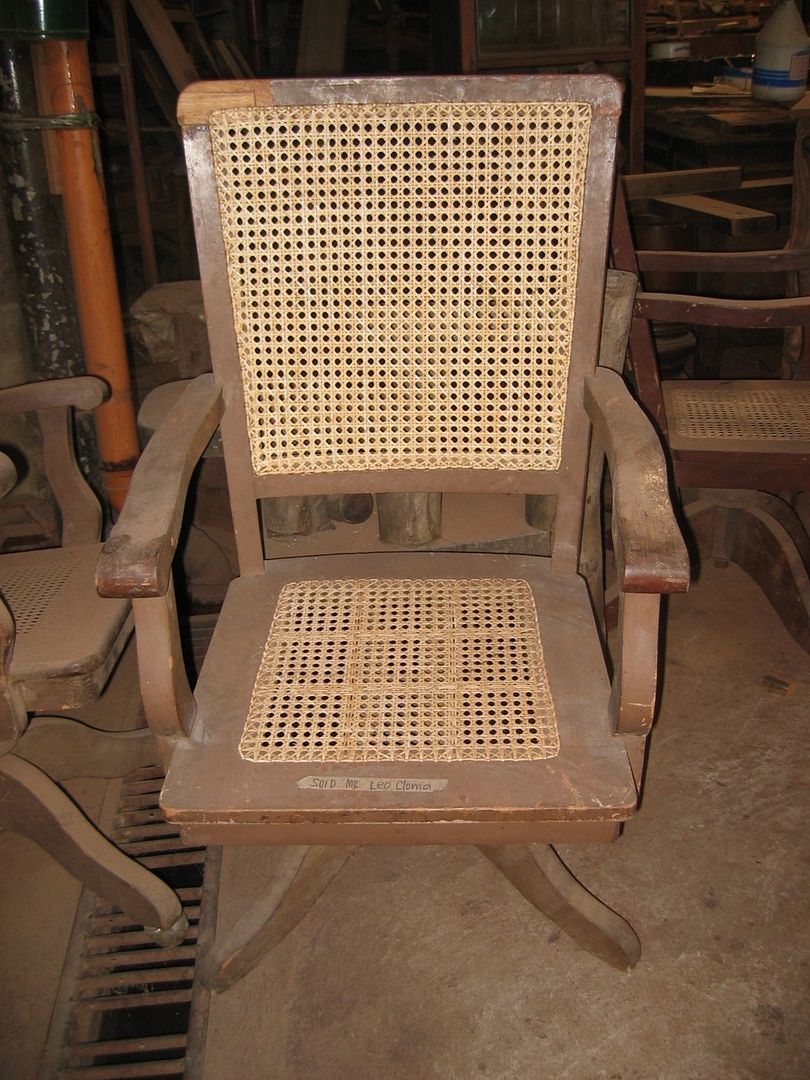
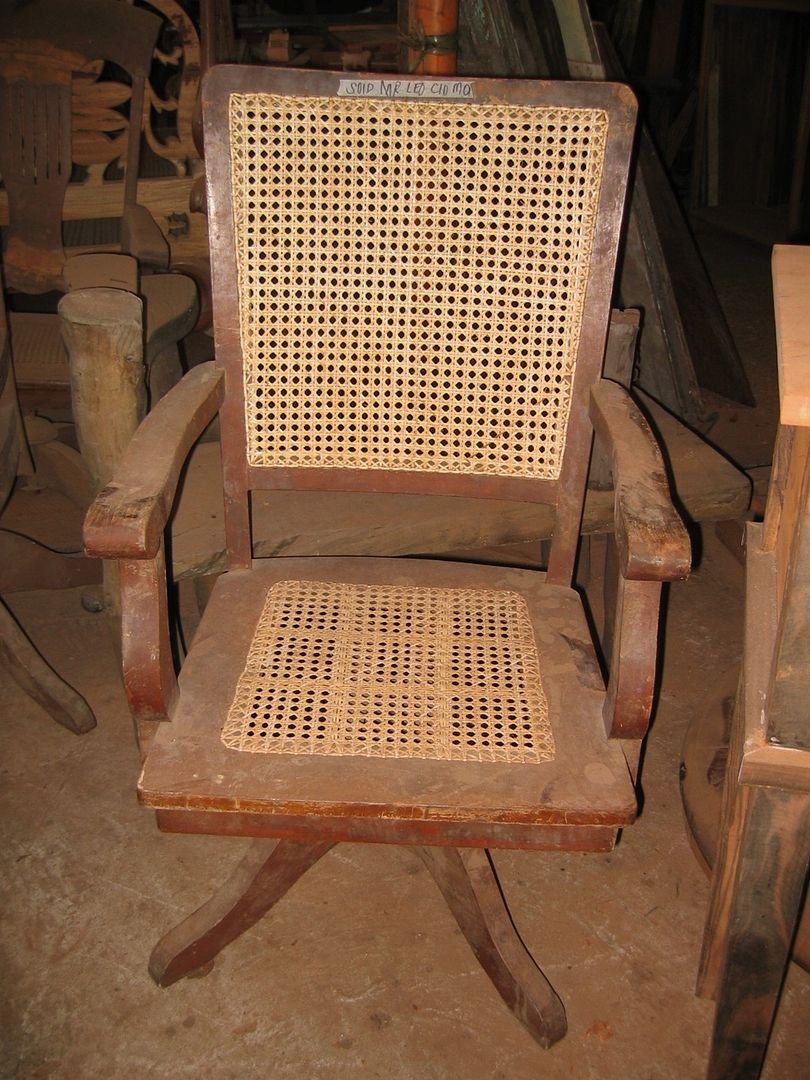
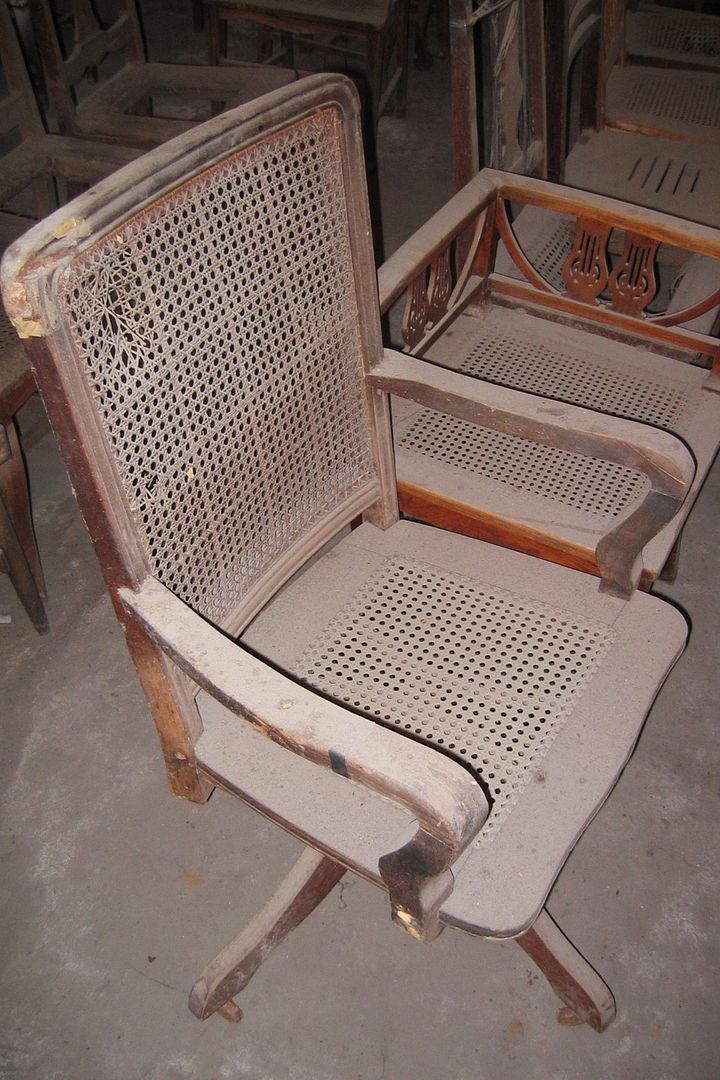
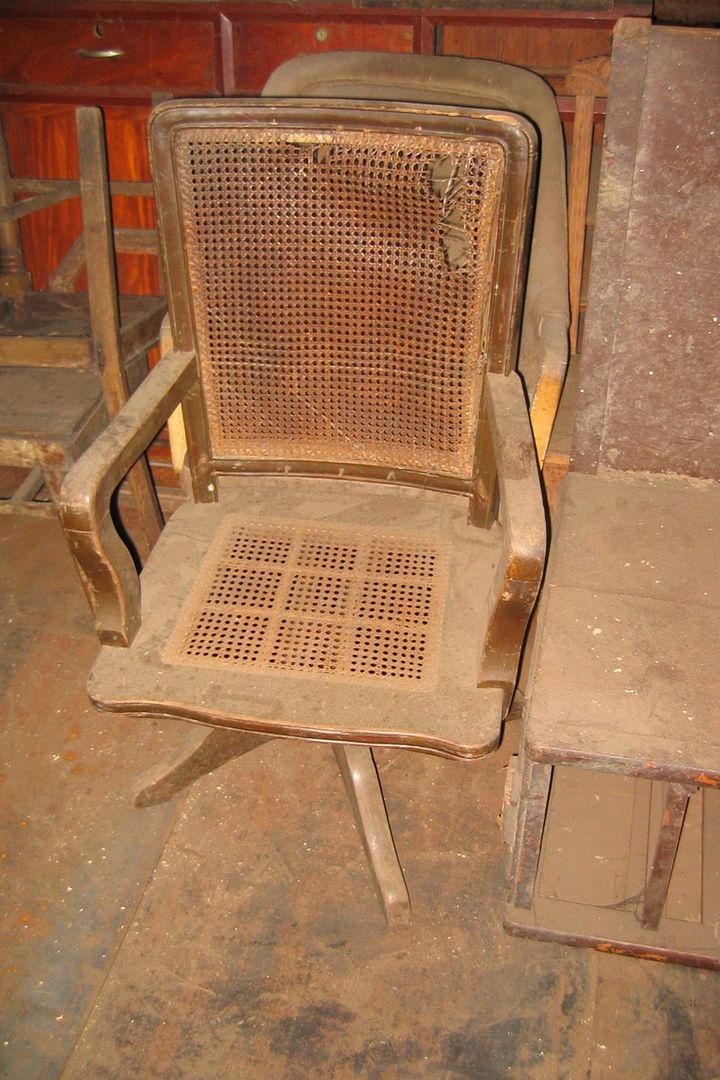

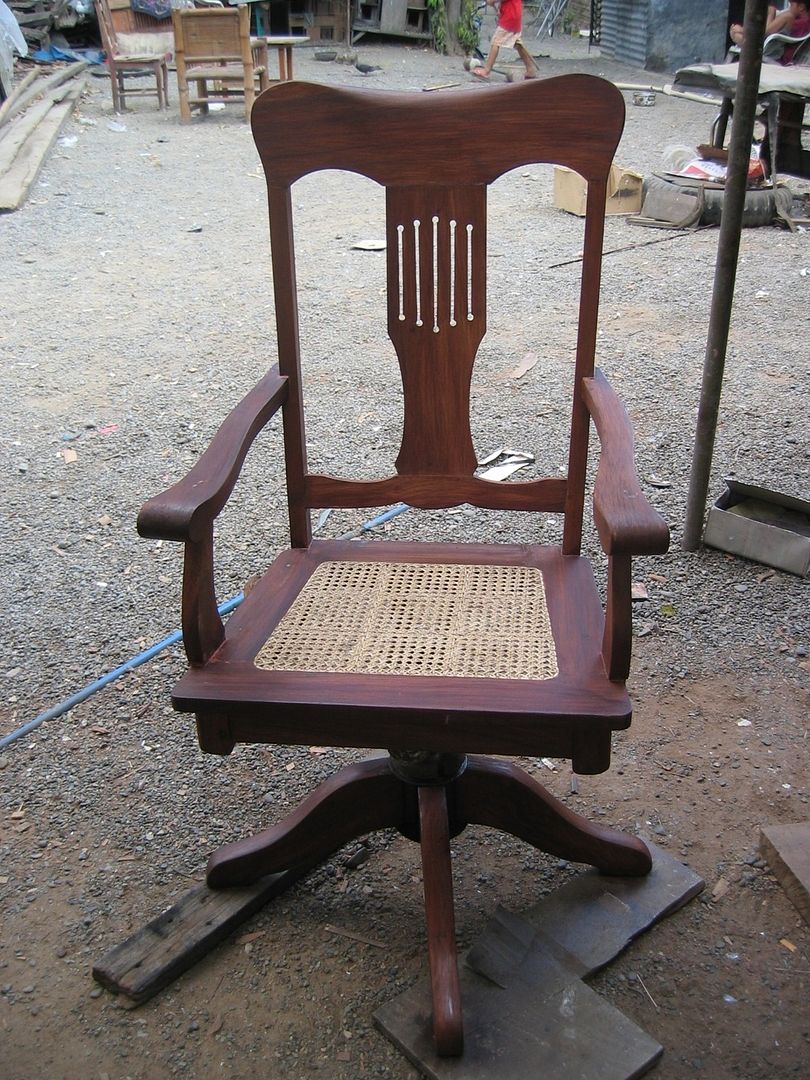
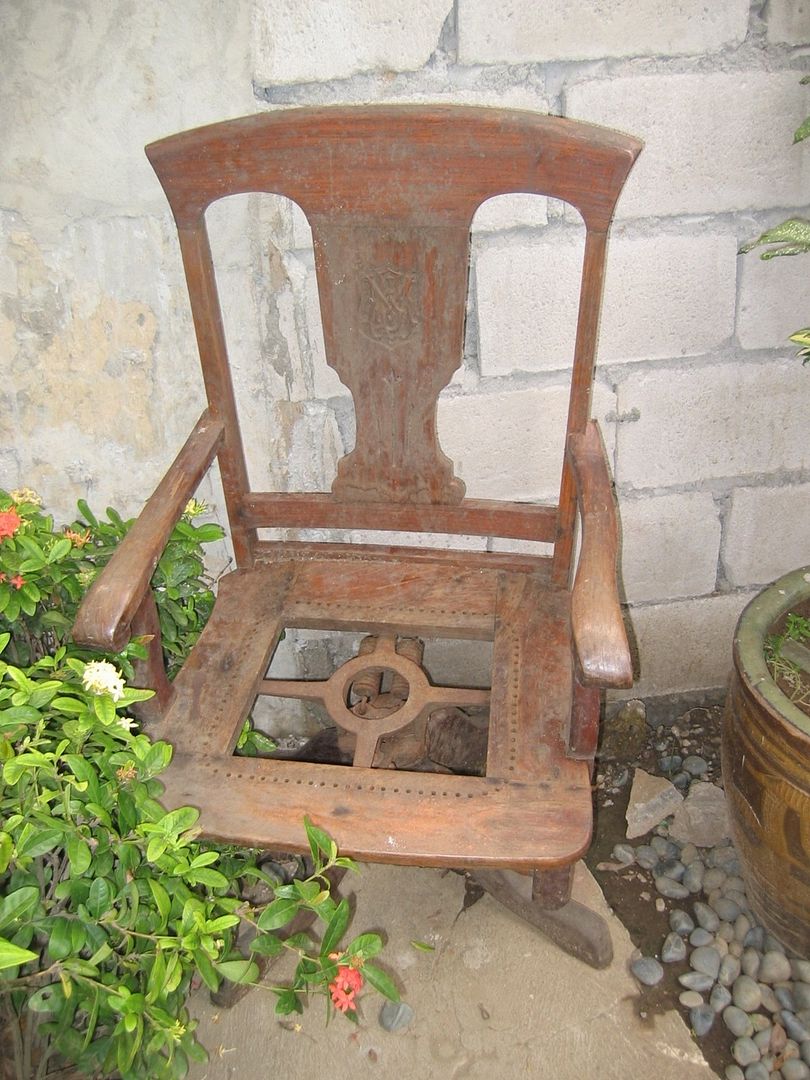
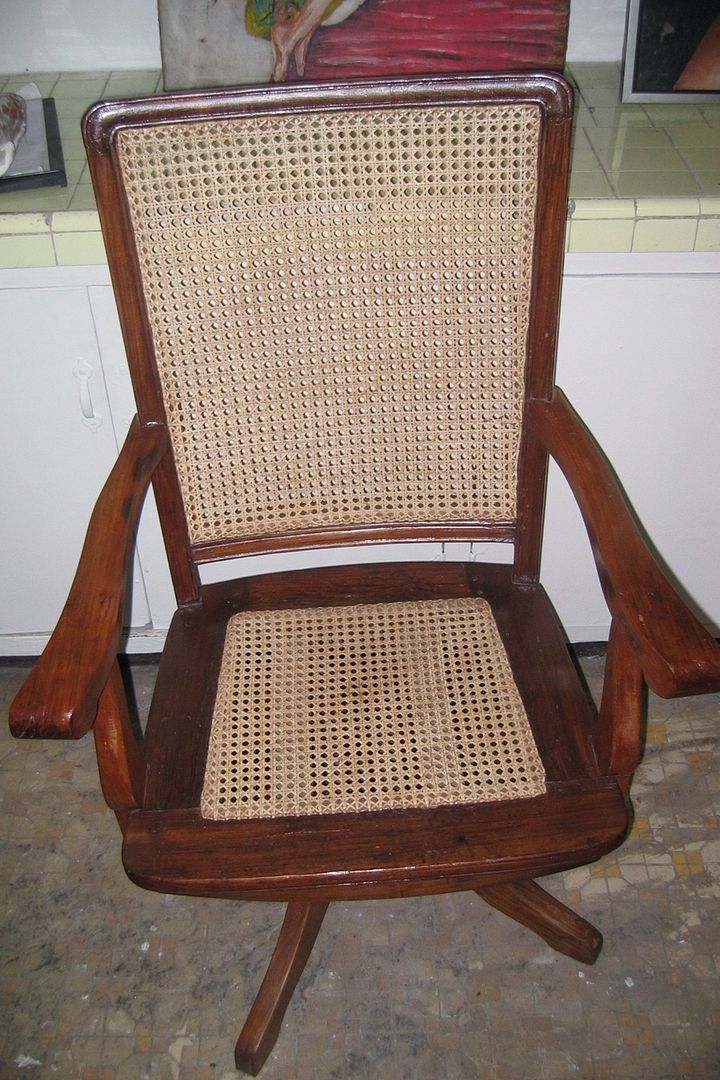
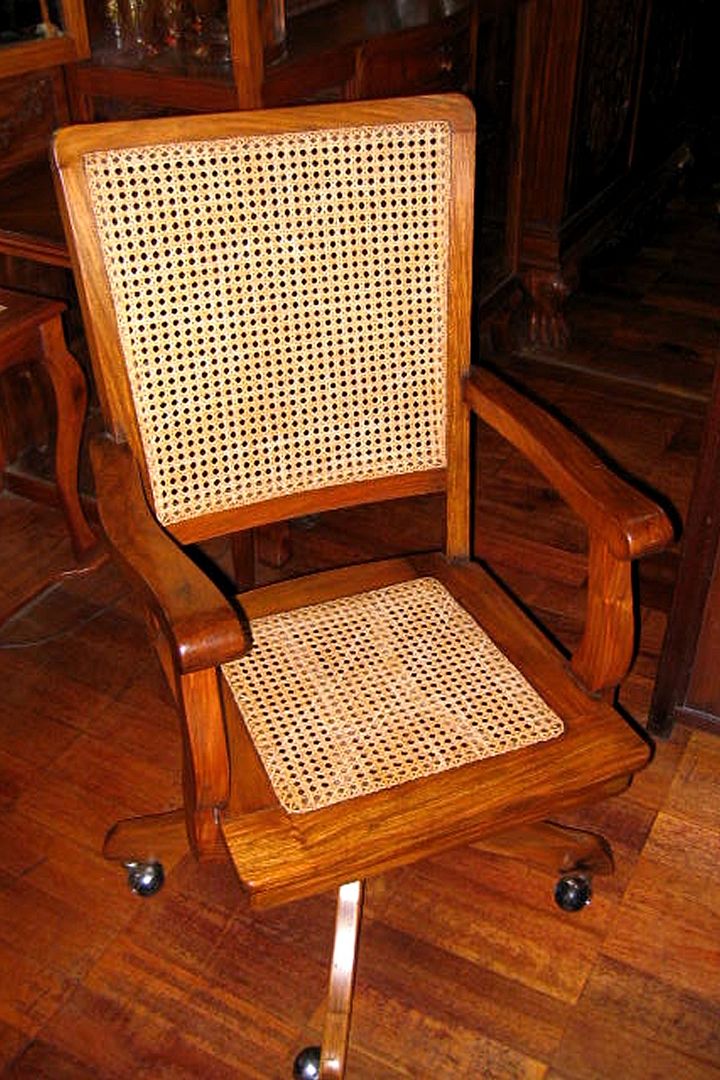


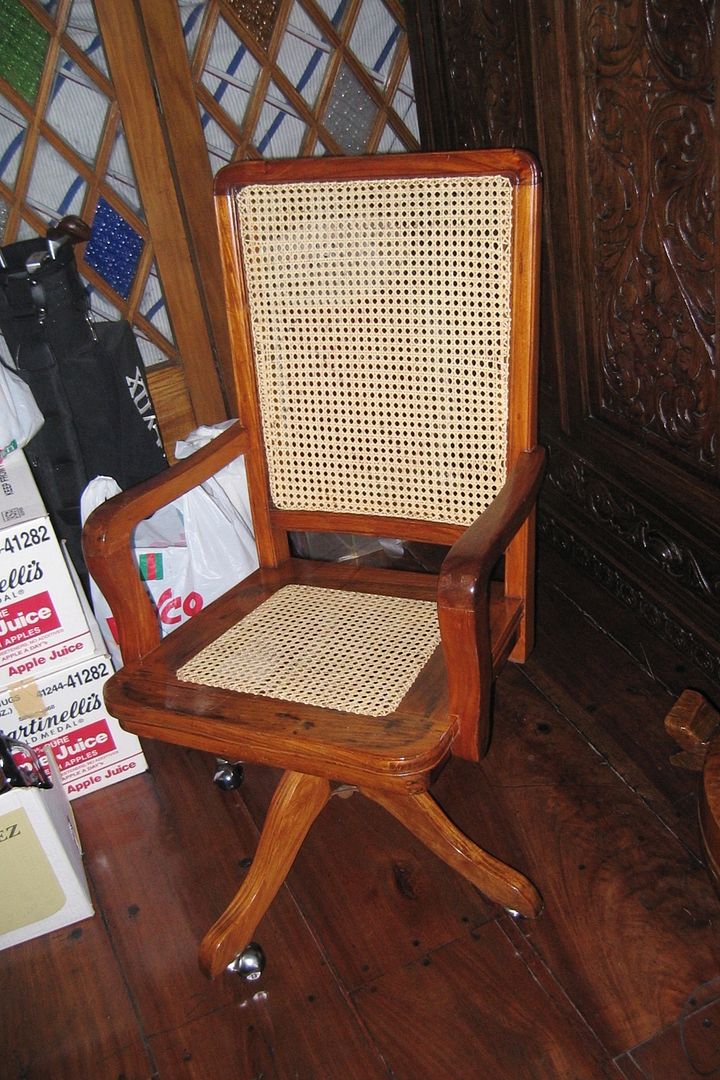
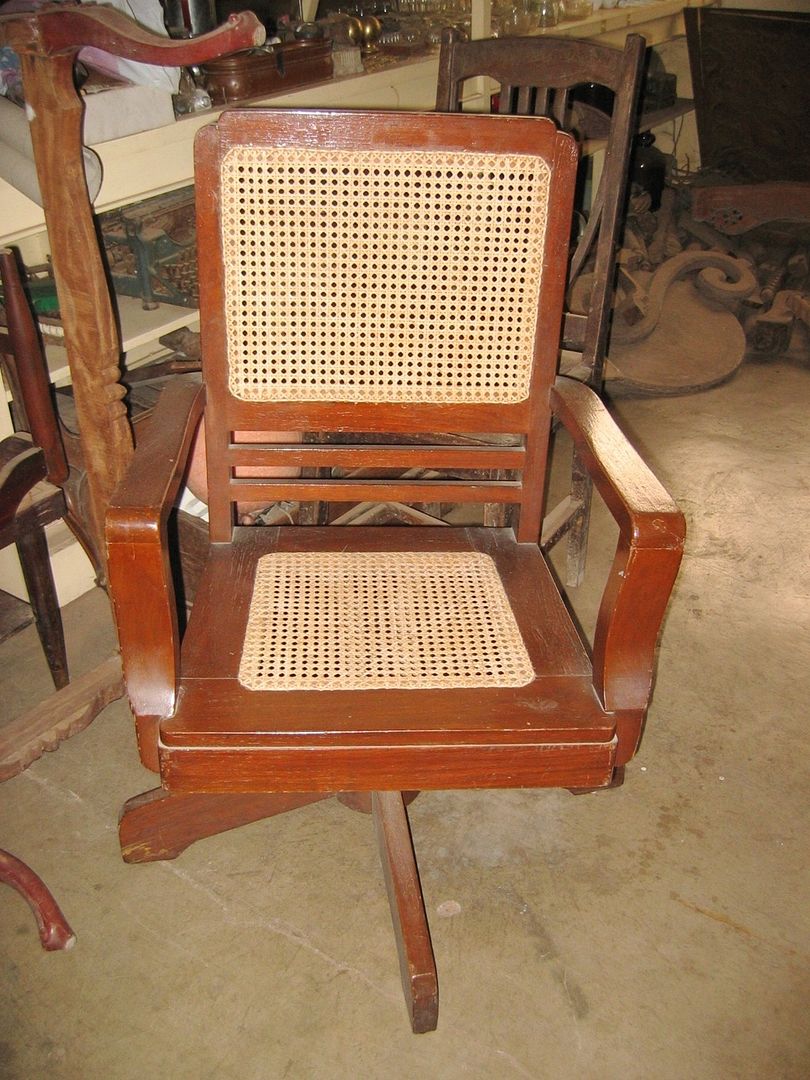


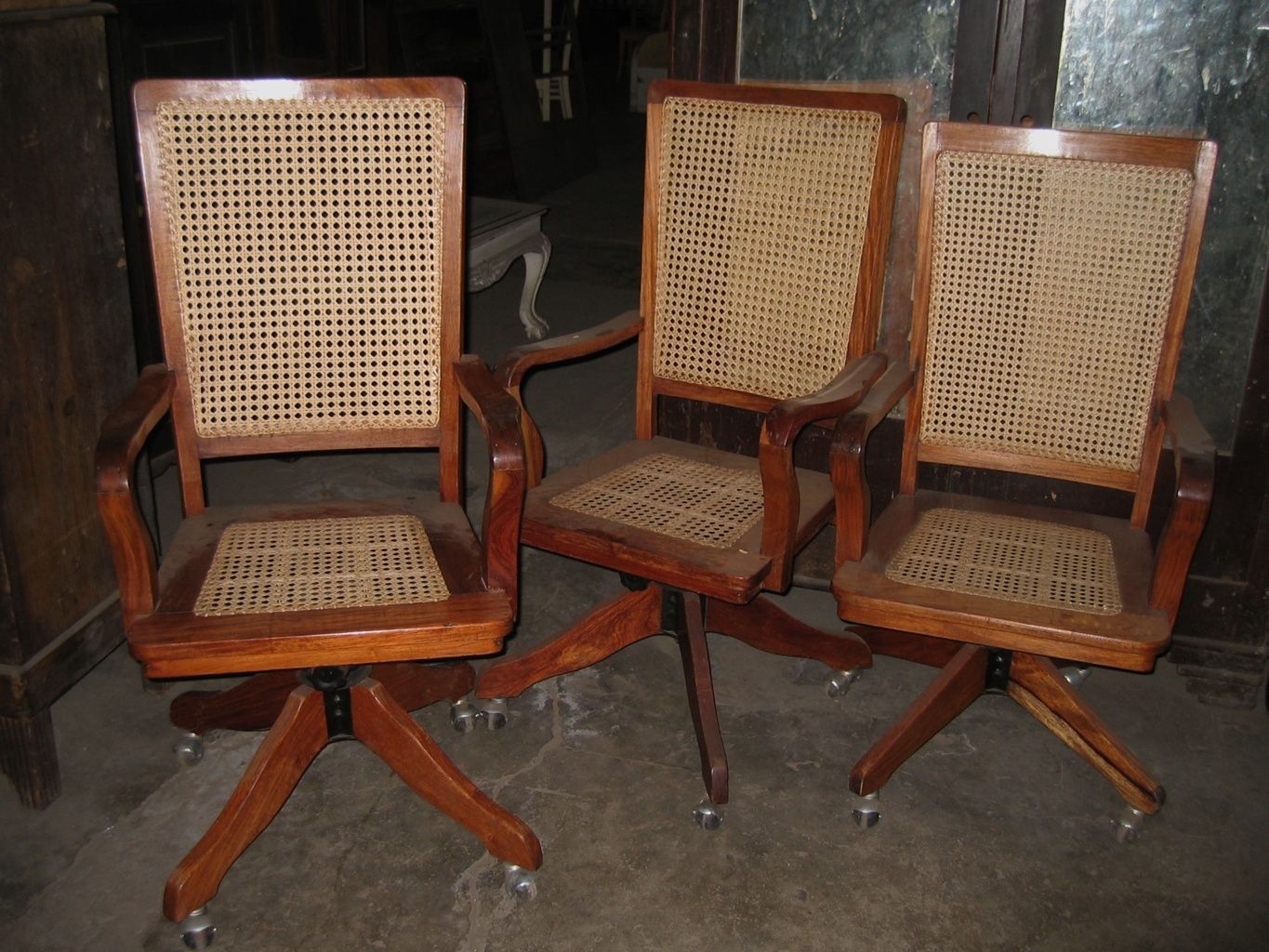

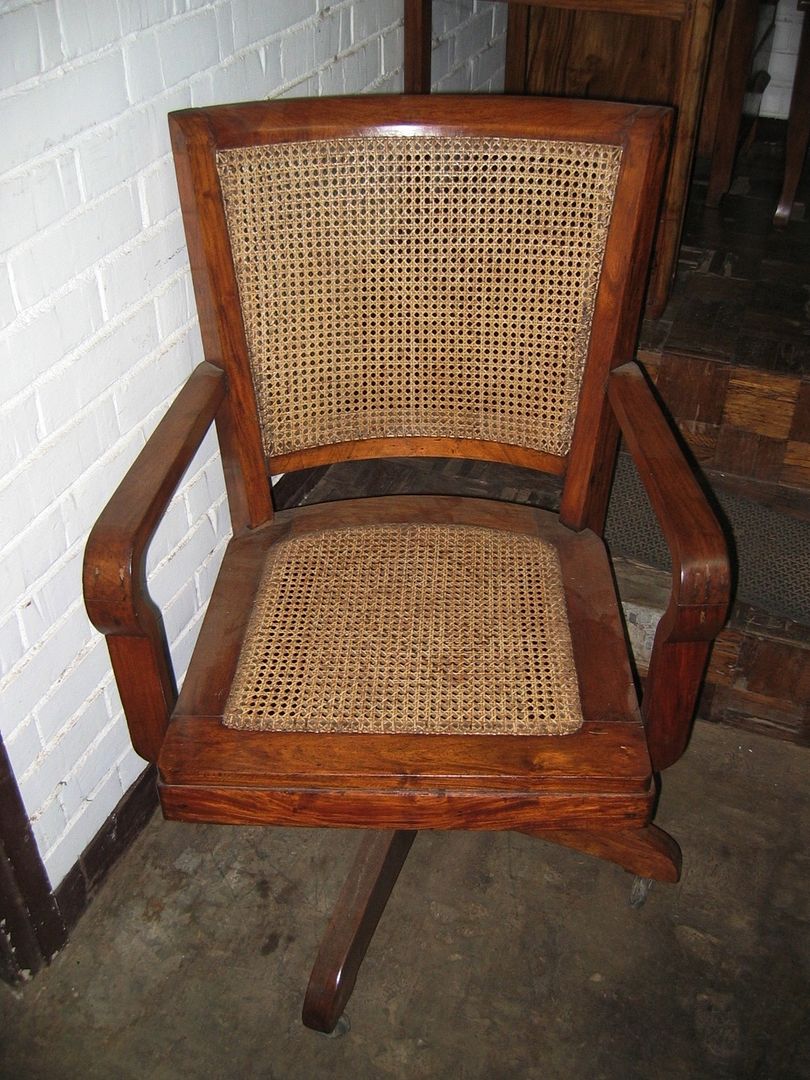
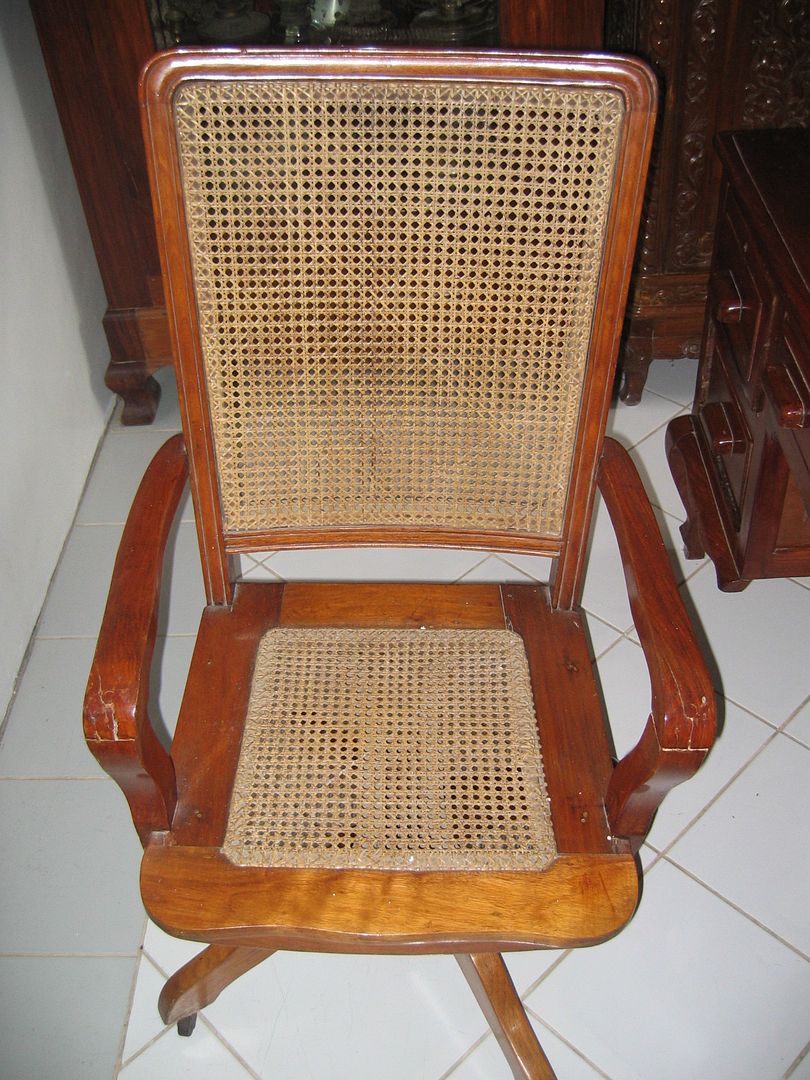
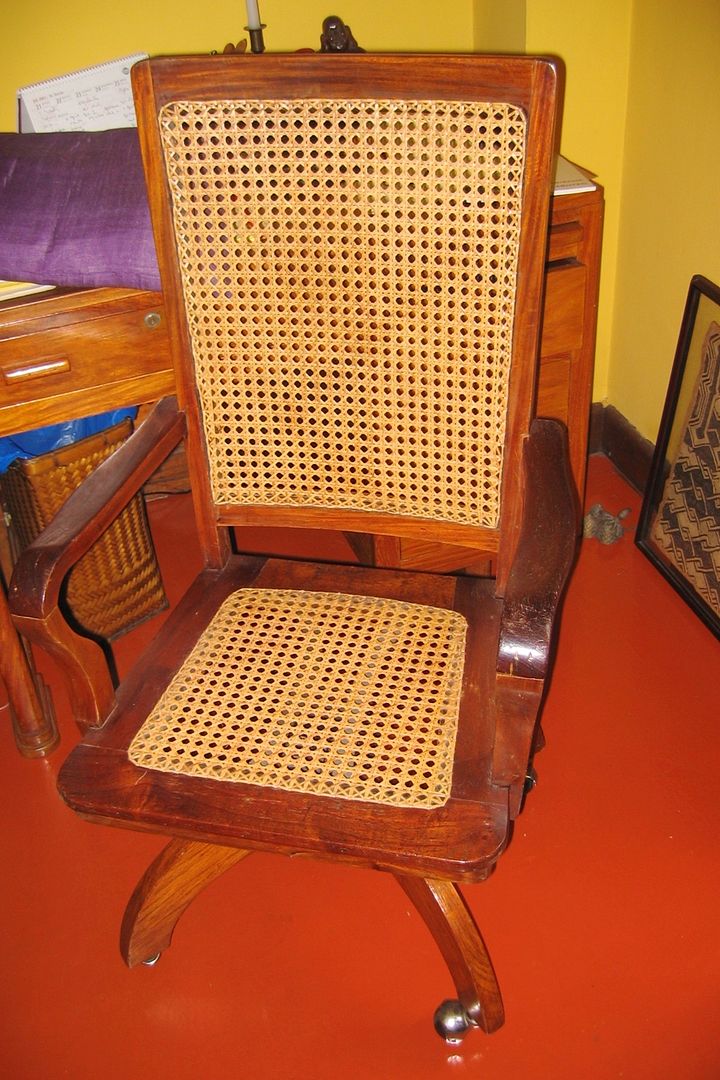
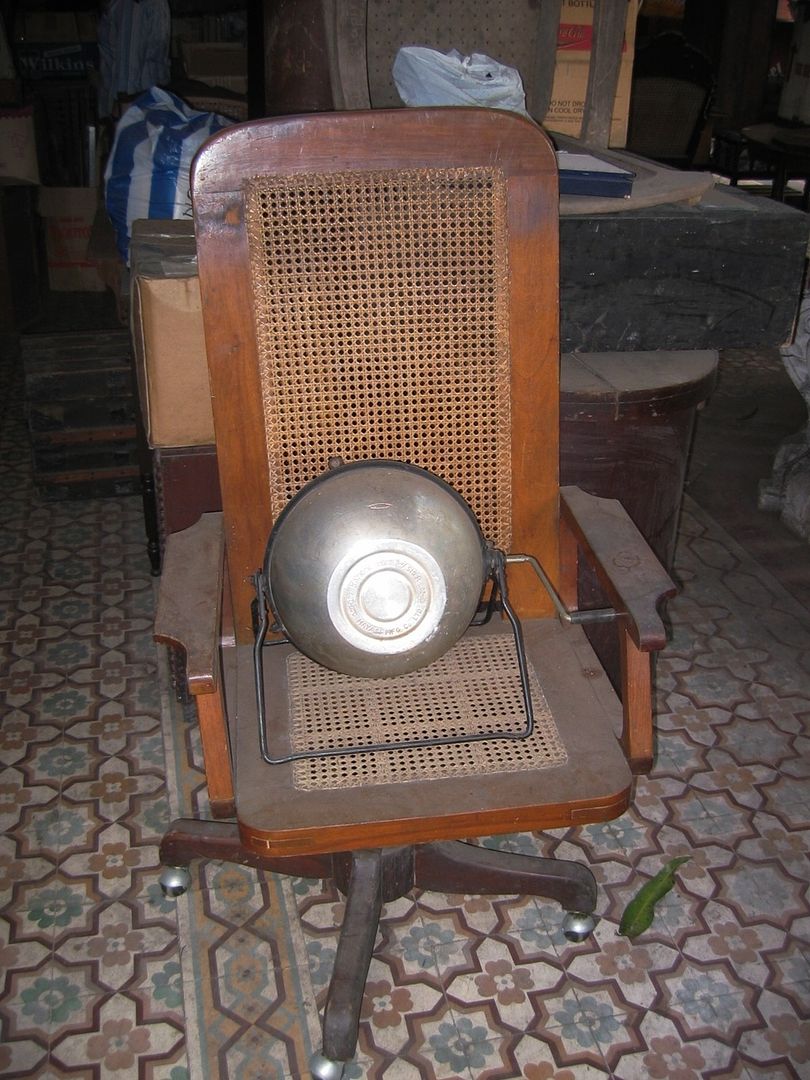



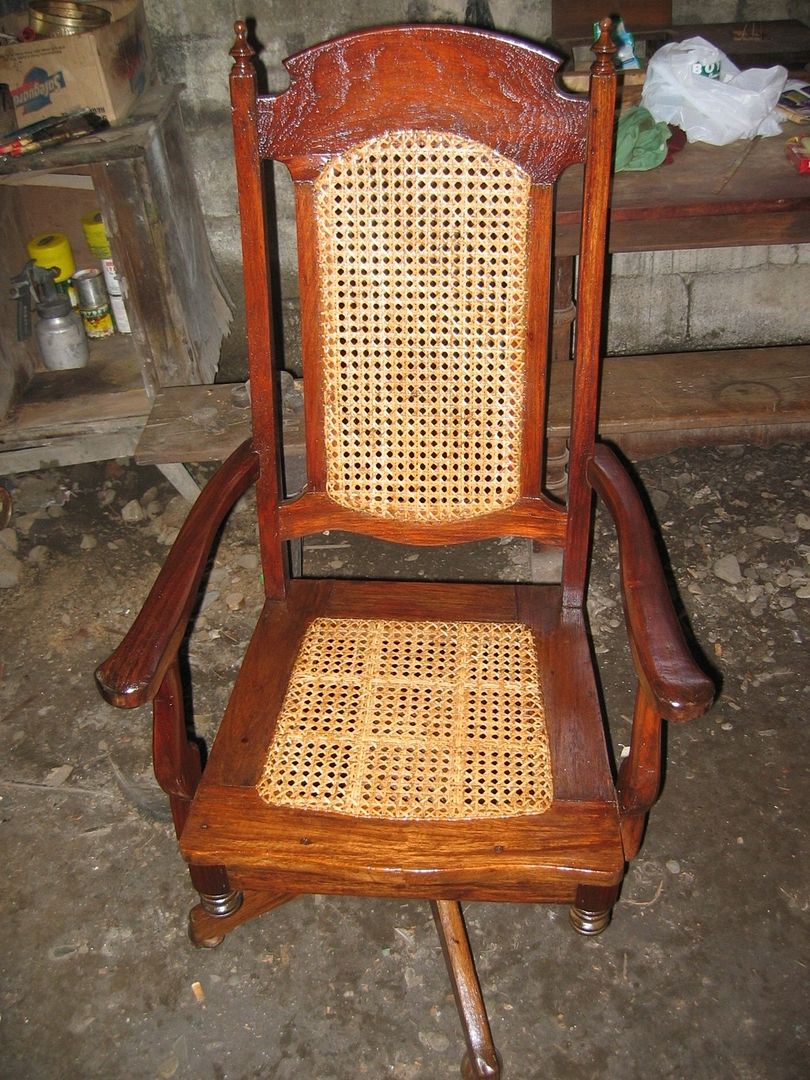






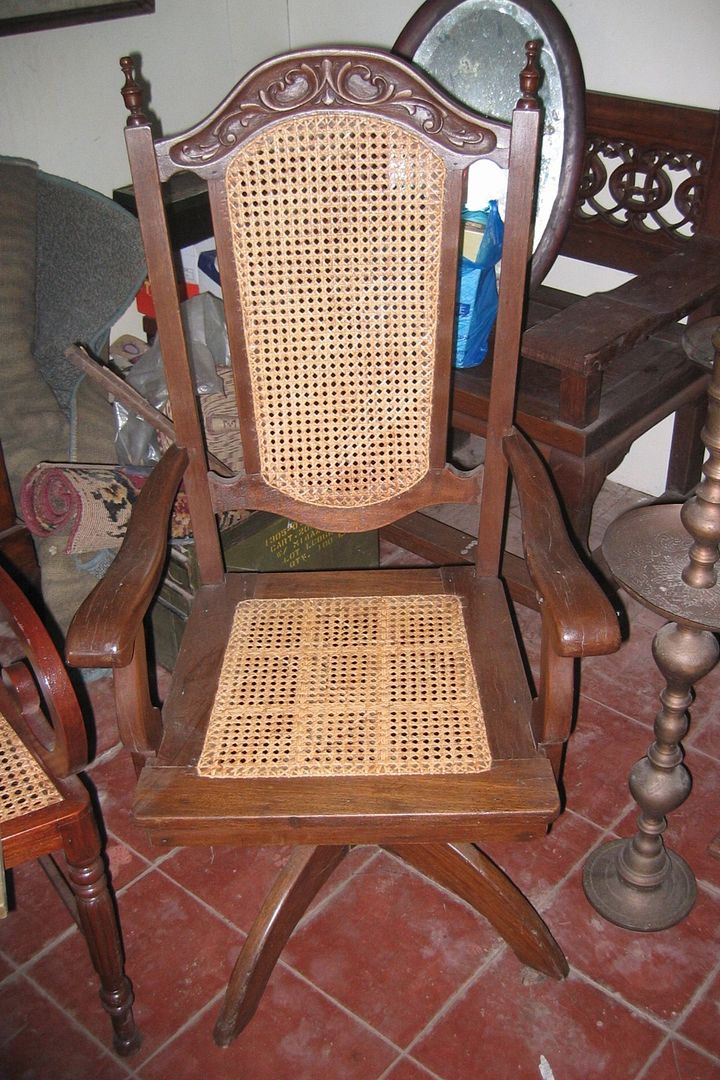
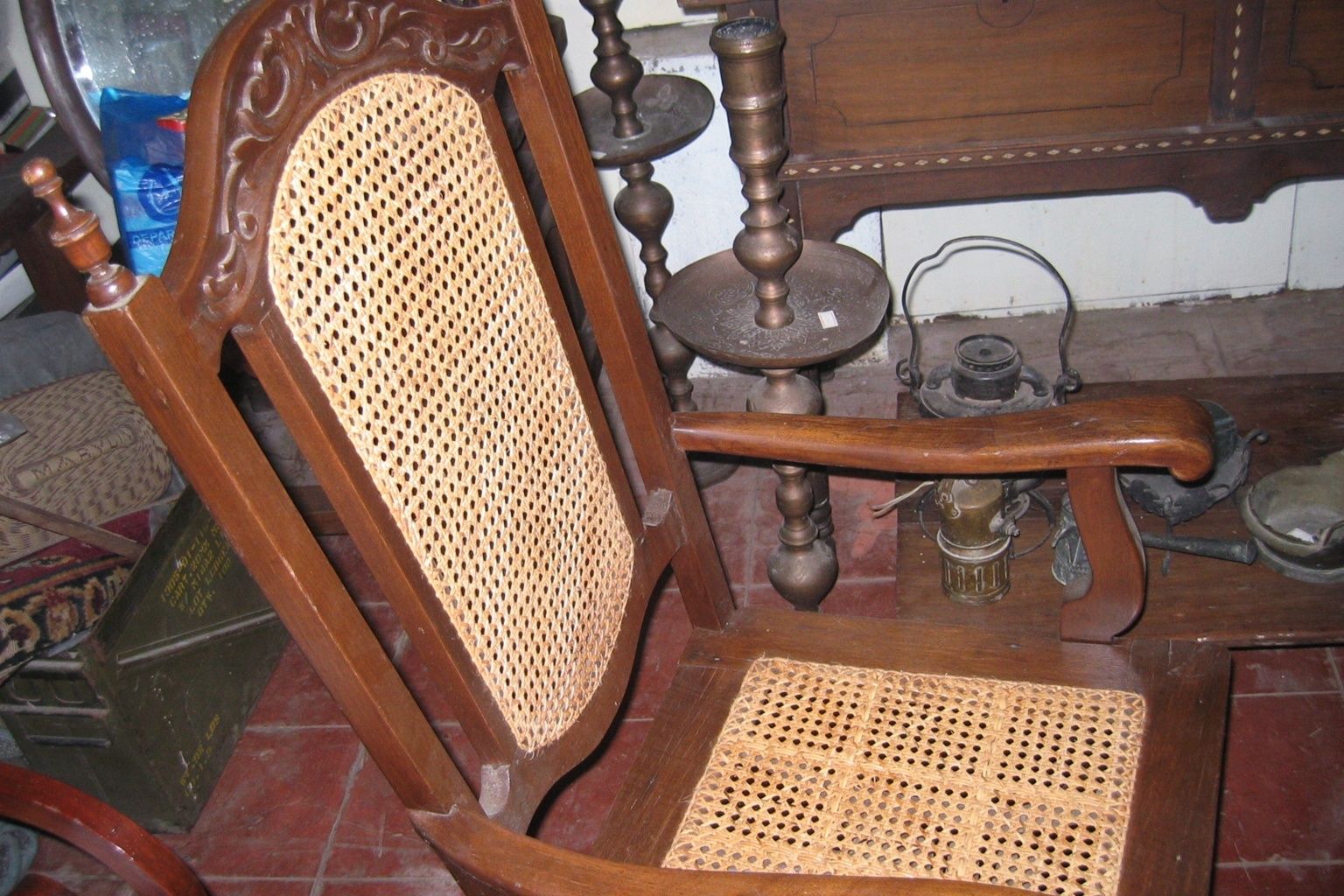
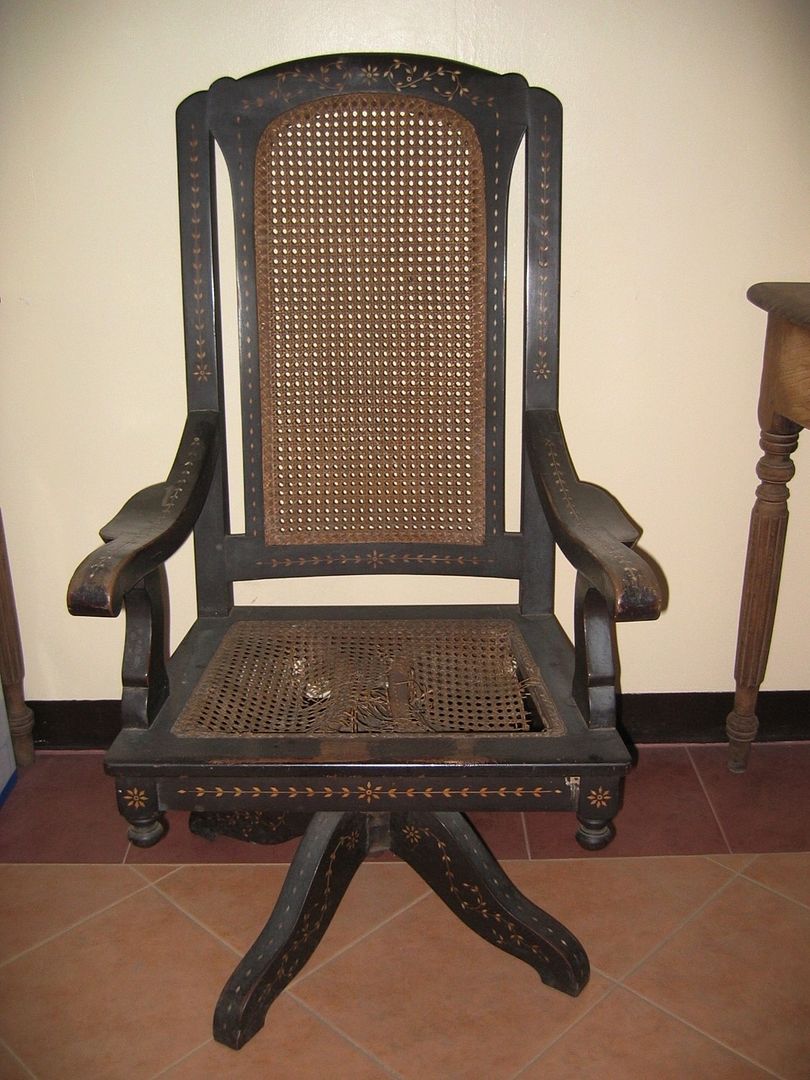


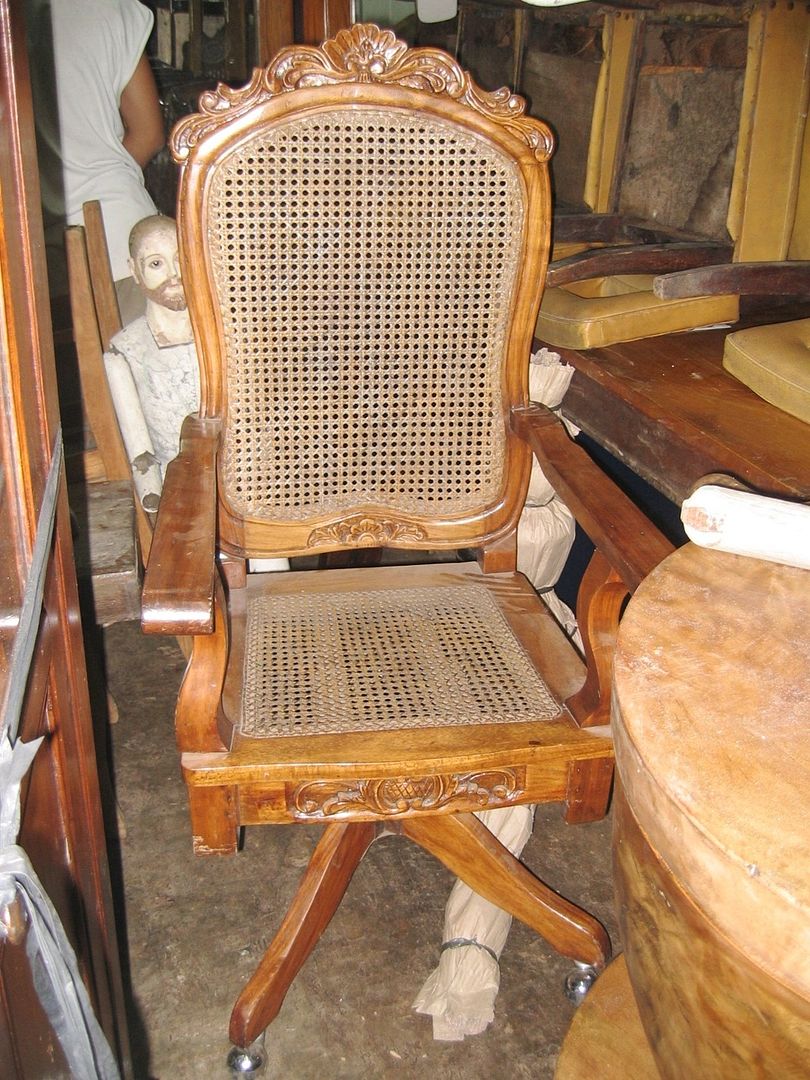


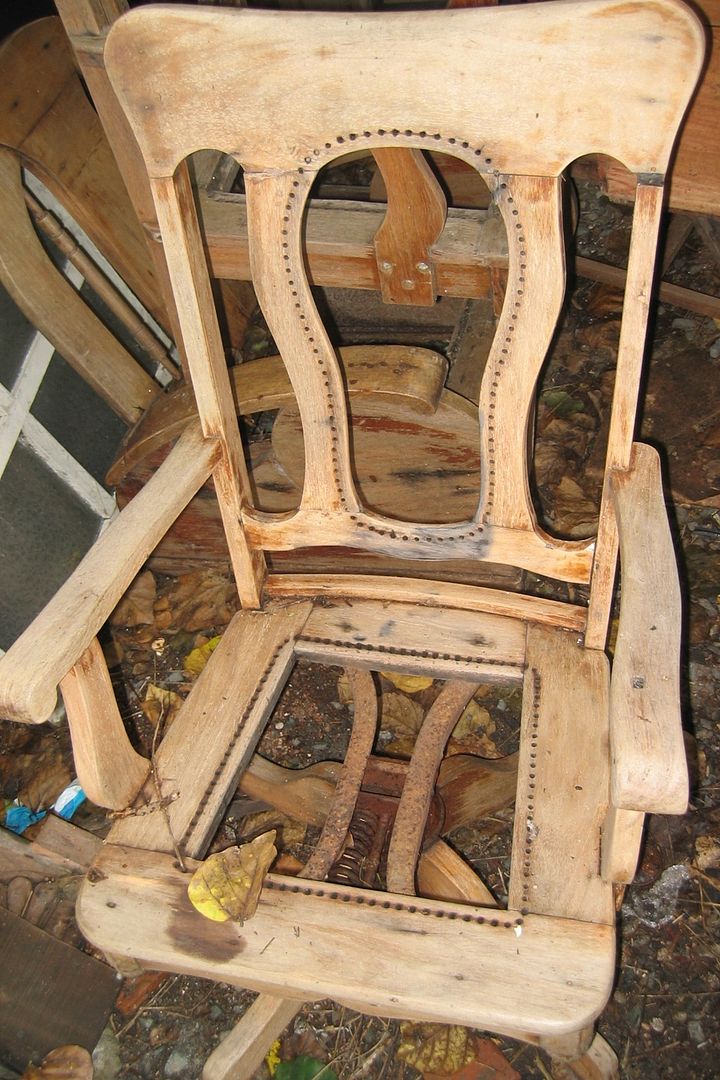


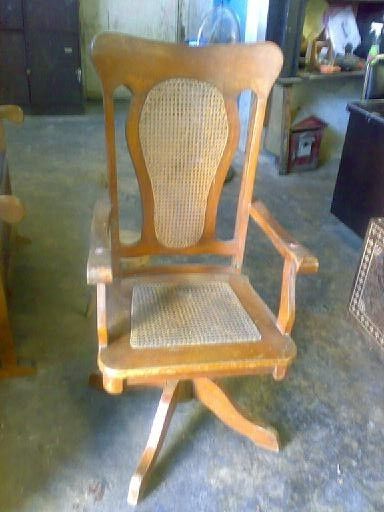
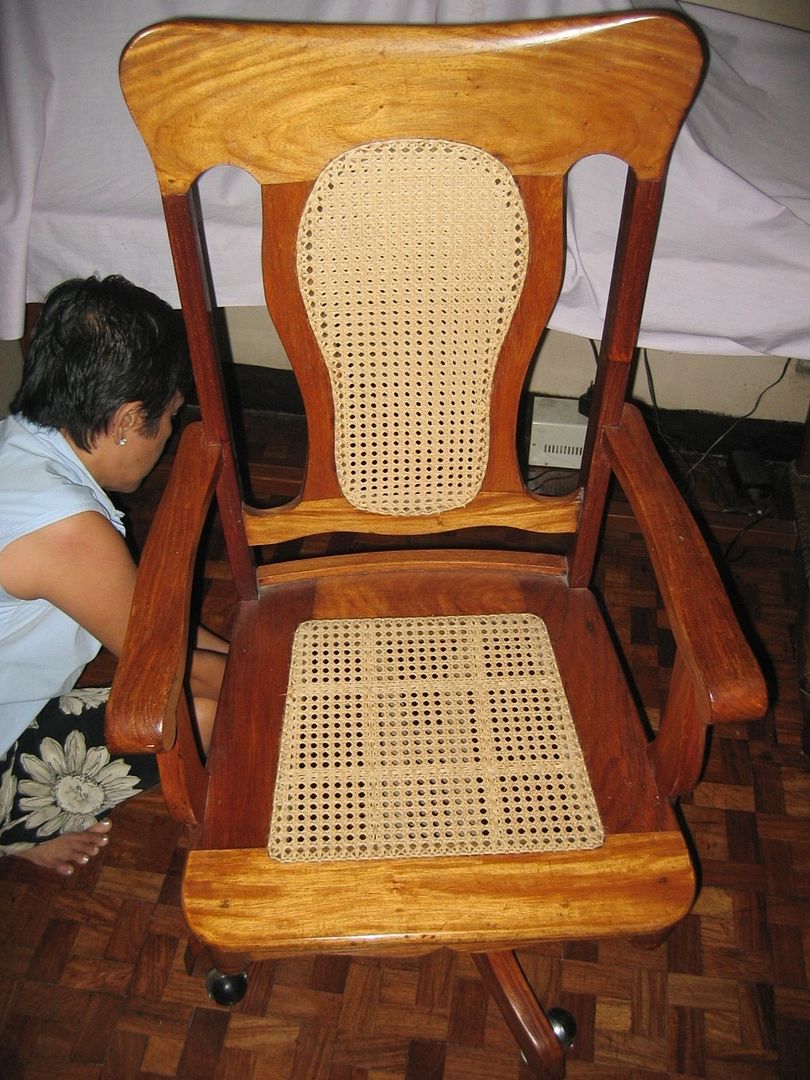
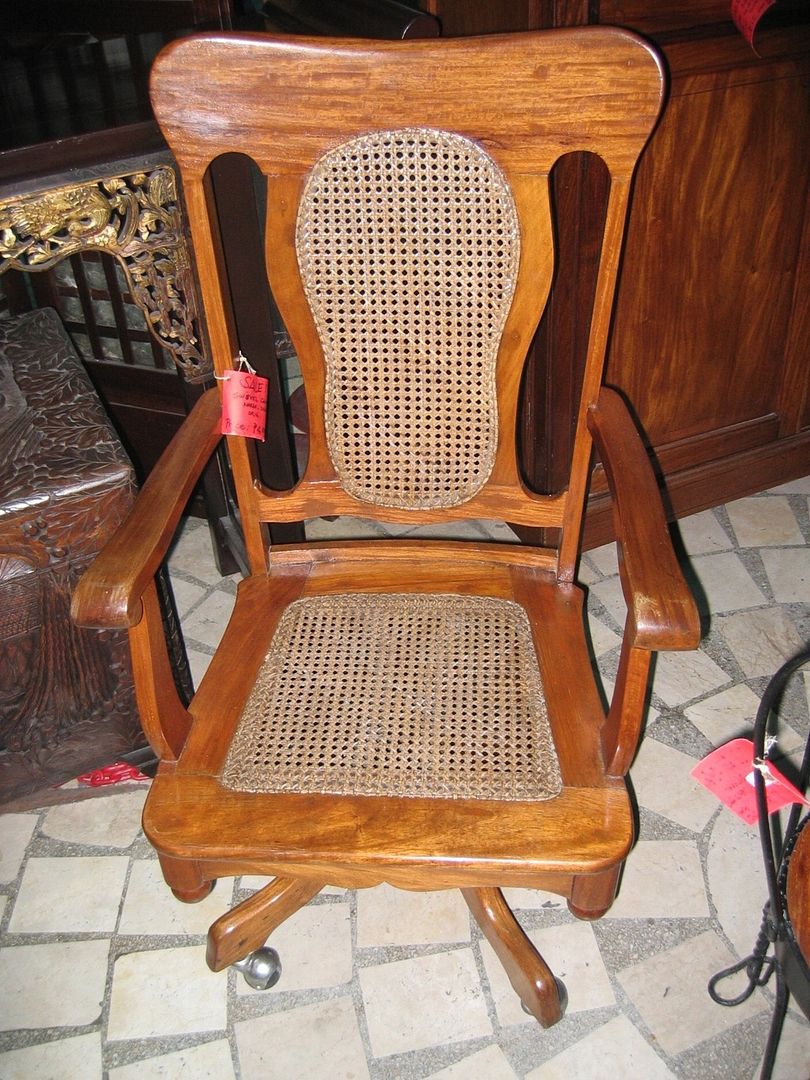

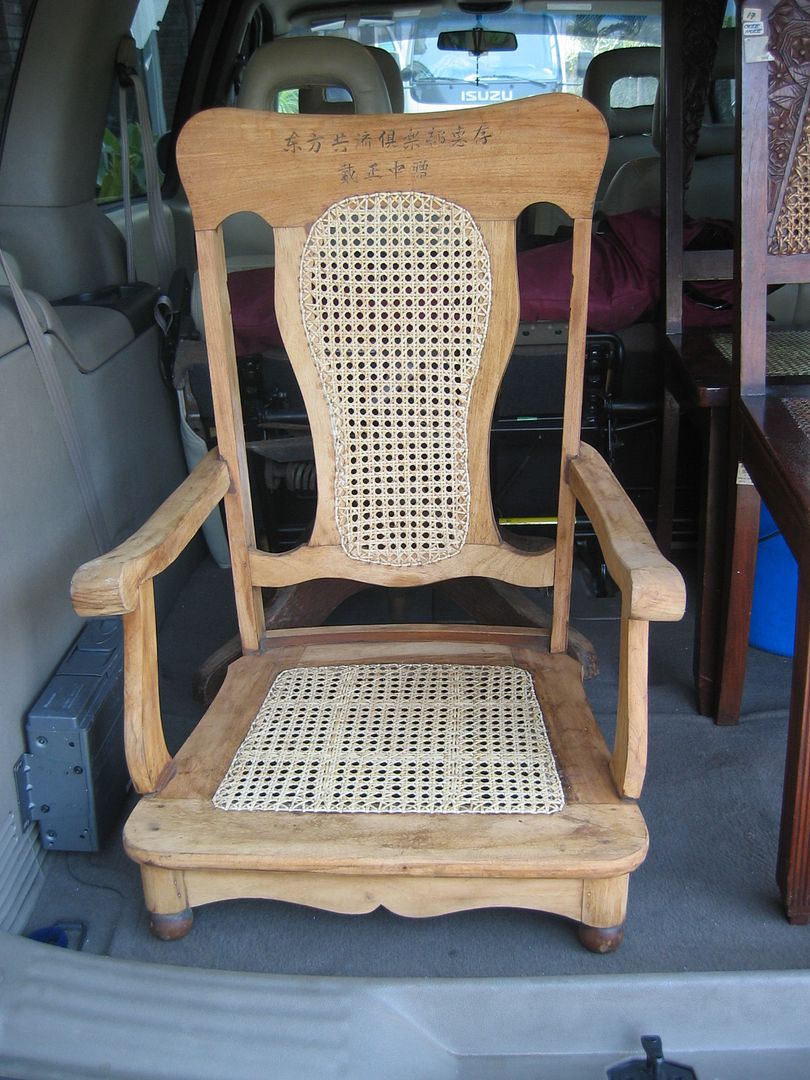
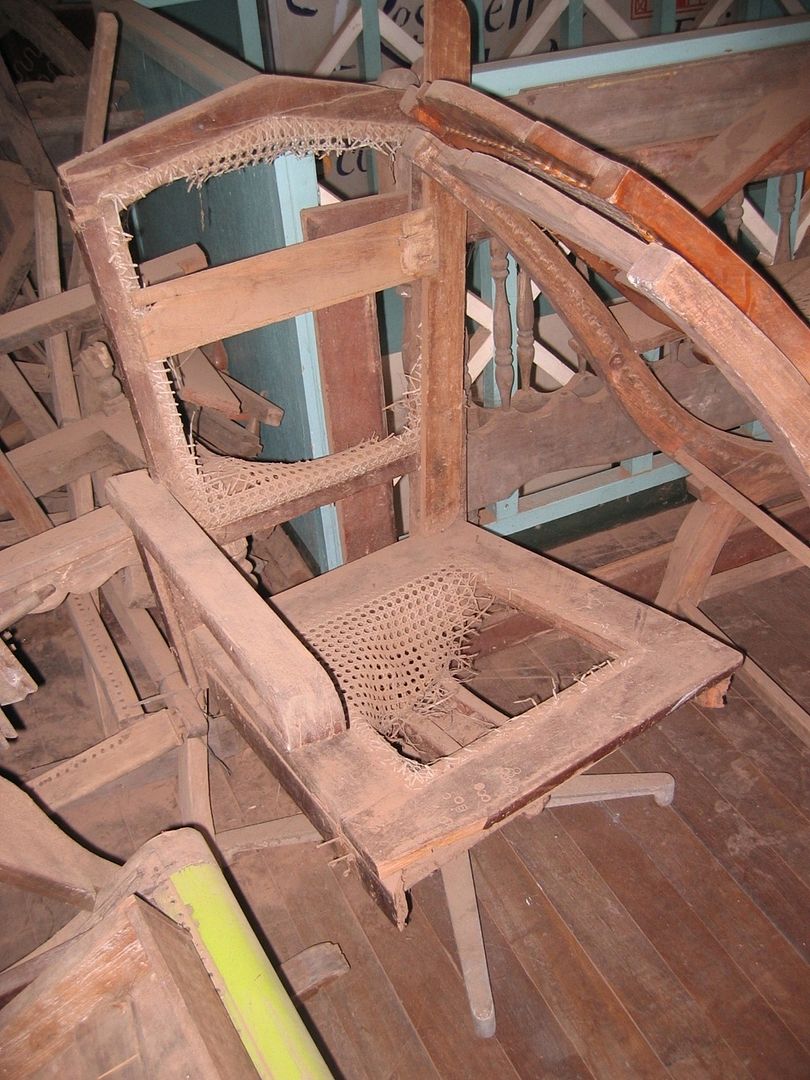

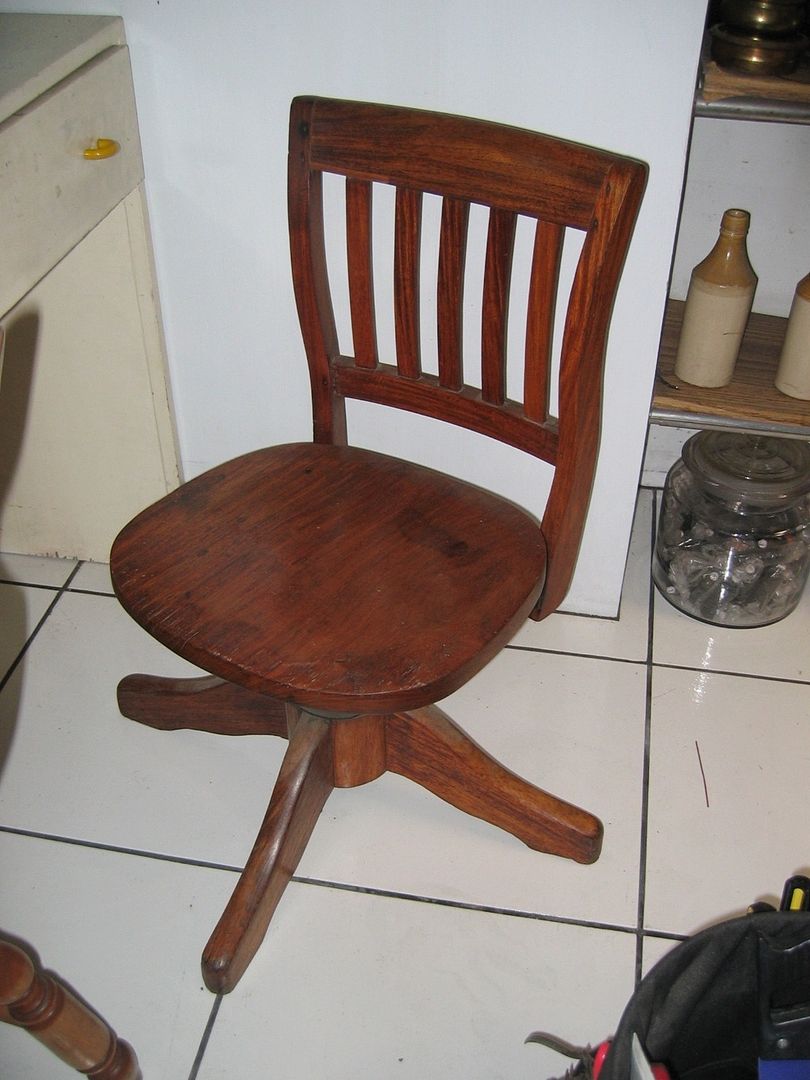
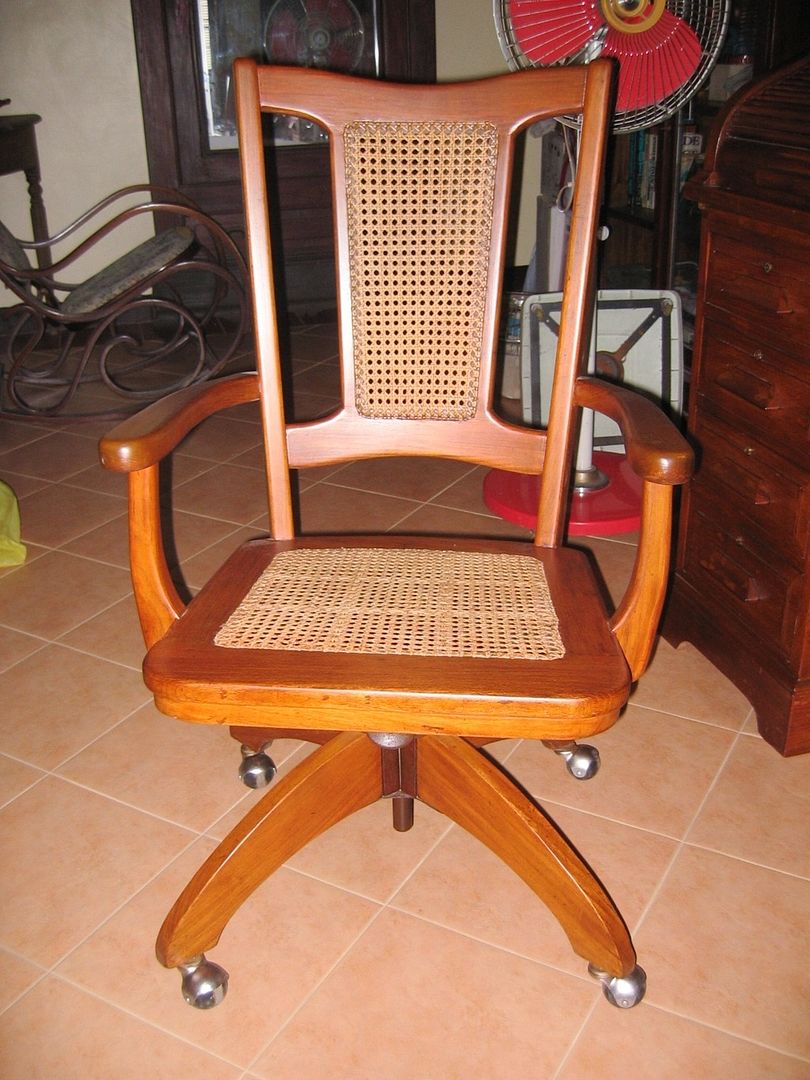



No comments:
Post a Comment